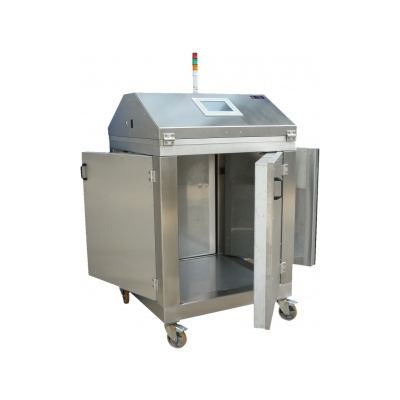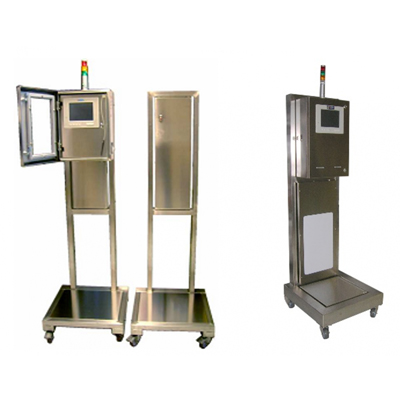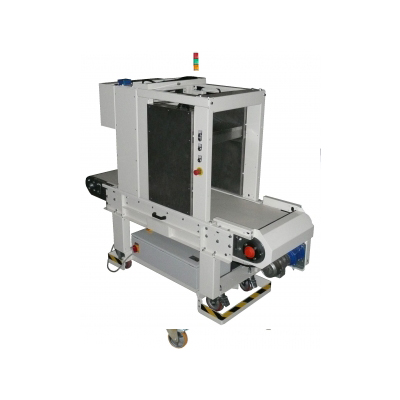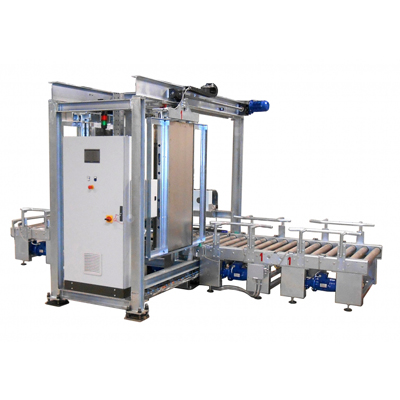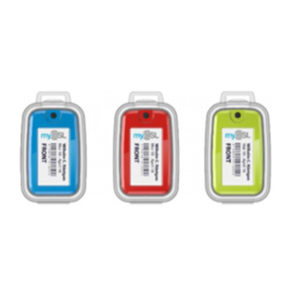Description
The measurement cycle is totally automatic, carried out by the PLC sequences, which are managed by the software installed on the host PC. The user interface allows the operator to set the input parameters, the measurement settings, and to start the automatic cycle by a simple command on the touch-screen display. The system status is shown both on the display and on the alarm beacon.
After loading the pipe, the system runs a series of preliminary tests through optical devices: diameter and length measurement, and roughness check. After all the preliminary checks have been carried out, the measurement cycle starts: the pipe is automatically divided in portions to be scanned by the detectors, according to its length, and for each section the system acquires the radiometric data. The system can also detect hot spots of contamination. At the end of the scanning a measurement report is produced. Safety devices and a perimeter infrared barrier prevent any dangerous man/machine interaction.
The mechanical structure is composed by two pipe lodging supports and the detection station mounted on a railway.
The lodging supports are two robust structures manually movable on the railway; they can be fastened through manual brakes in a proper position according the length of the pipe. In each support there is a pair of compass rollers: when the work cycle starts, they lift up the pipe and put it into rotation around its axis, at a proper speed depending on its diameter.
The plastic scintillators are installed in pairs in the tip of two poles, mounted on a vertical column in order to “see” both the pipe’s surfaces, internal and external. The support station moves along the railway in order to scan each sub-section of the pipe.


